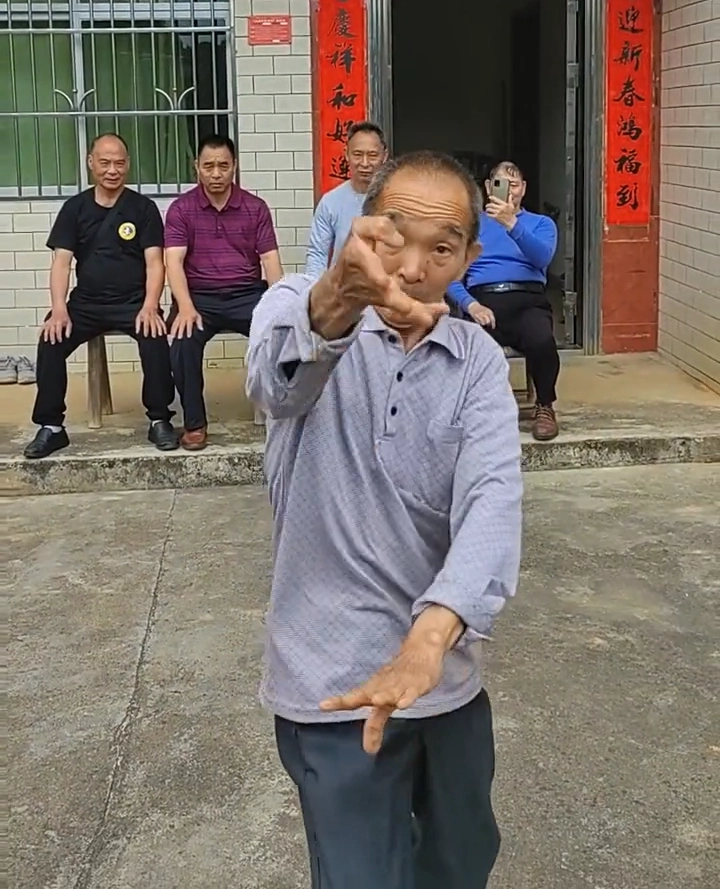Introduction Hakka Kuen, one of the distinctive Southern Chinese martial arts styles, derives its name from its prevalence among Hakka communities in Guangdong Province.
Introduction Hakka Kuen, one of the distinctive Southern Chinese martial arts styles, derives its name from its prevalence among Hakka communities in Guangdong Province.
Hakka Kuen: A Rare Southern Chinese Kung Fu Tradition
Introduction Hakka Kuen , one of the distinctive Southern Chinese martial arts styles, derives its name from its prevalence among Hakka communities in Guangdong Province.

This tradition encompasses schools including:
Liu Family School
Zhu Family School
Diao Family School
Zhong Family School
Li Family School
Yue Family School
Liu Min School
Liu Fengshan Lineage
Kunlun Fist
Niu Family School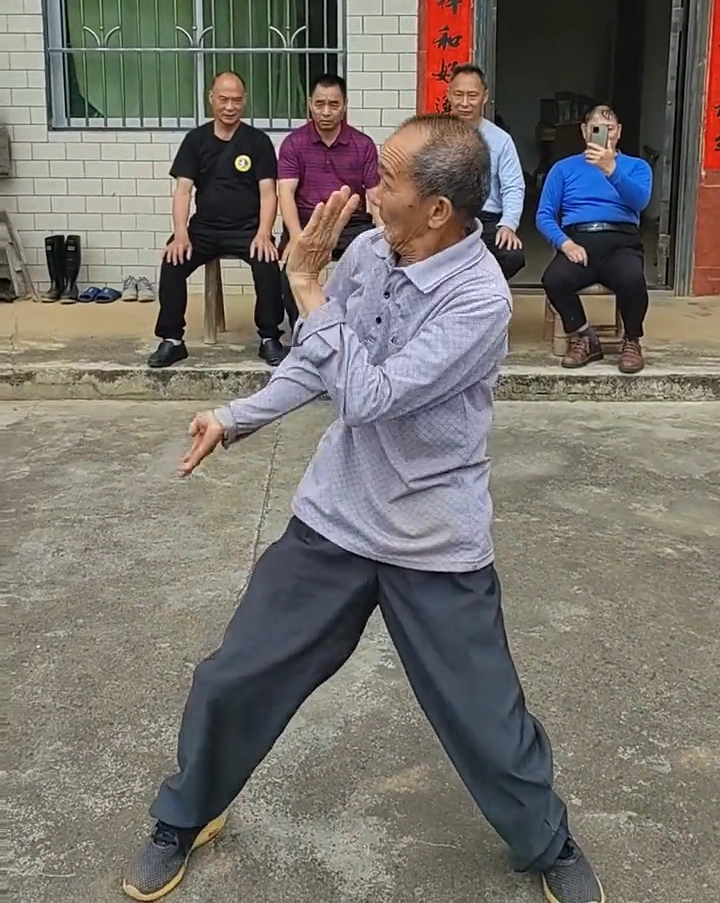
Technical Characteristics Hakka Kuen emphasizes:
Dynamic, fluid movements
Explosive short-power strikes
Drawn chest posture with gathered breath
Stances: Half-Horse Stance , small bow stance , small horse stance
Footwork: Follow steps and skip steps
Frequent takedowns, falls, and rolls
Practical hand-foot coordination
Weapon specialties: Staffs, poles, double swords, iron ruler, tridents, hooks, sickles, farming tools, and broadswords
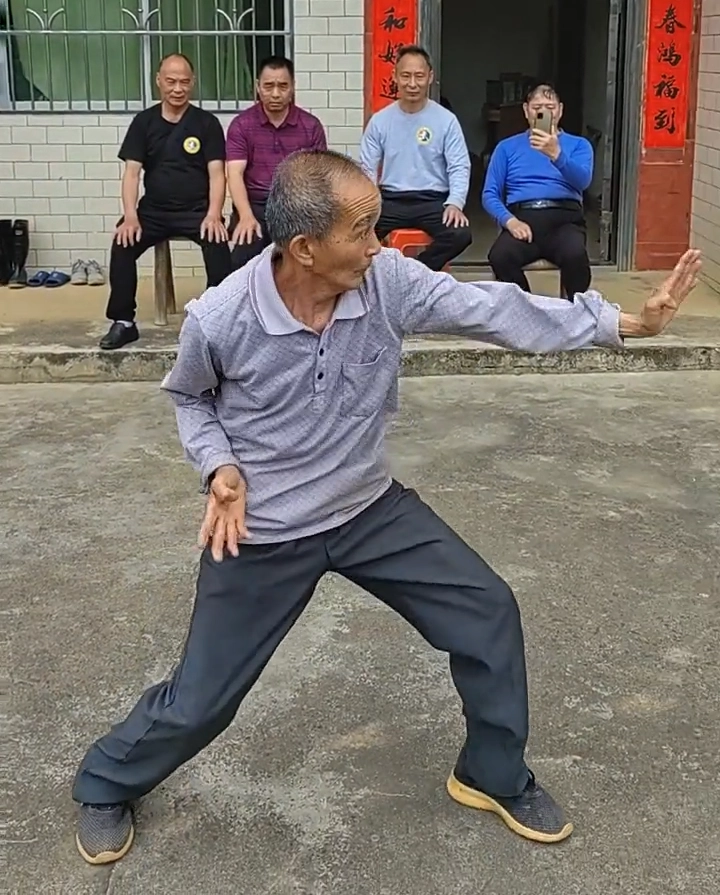
Historical Context Forged through adversity, Hakka communities developed martial prowess during migrations to defend against:
Wild beasts and bandits
Local hostility and marginalization8888"Every Hakka learns defensive techniques" – martial training became integral to Hakka cultural identity.
Cultural Significance As Hakka Kuen evolved through southern migrations, proverbs reflect its cultural status:
"Be literate, articulate, and combat-ready"
"Books must be read, martial arts must be practiced – even foregoing marriage is acceptable"
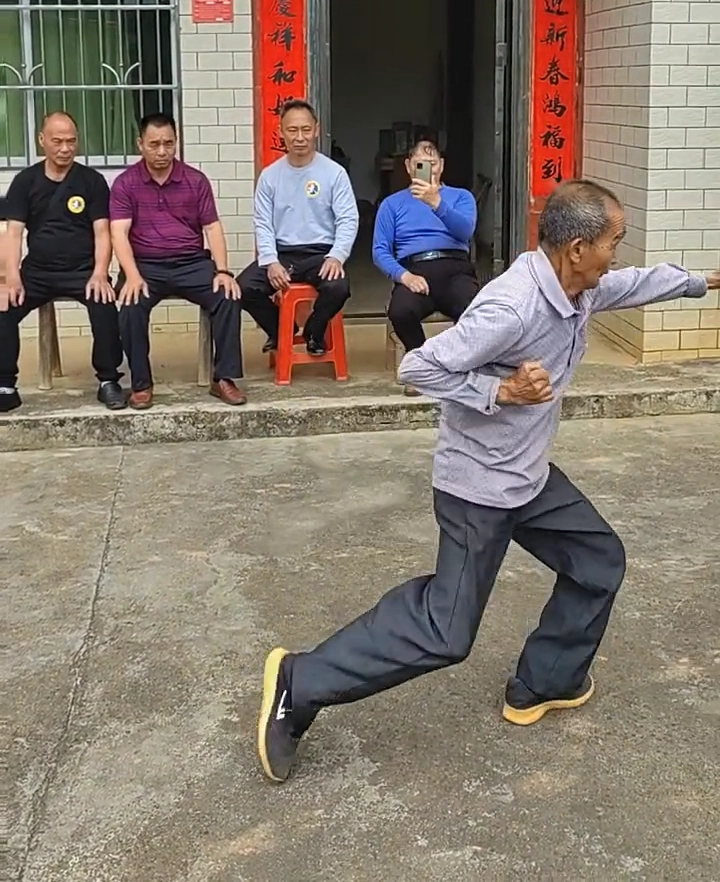
Scholarly Perspectives
Luo Xianglin (Founding Hakka researcher), Introduction to Hakka Studies :88888"Nearly 70% of Hakka men trained in martial arts – even scholars practiced nightly. Their ideal: literary, oratory, and combat mastery."
Ellsworth Huntington (American scholar), Natural Selection and Chinese National Character :88888"Hakkas prioritize martial skills. Every town hosts martial arts societies – a necessity for self-preservation during their arduous migrations."
Aw Boon Haw (Tiger Balm founder/Hakka philanthropist):
quot;Settling among indigenous groups, our ancestors relied on physical strength for self-defense. Our culture thus values martial excellence while maintaining humility and courage. Men embody resilience; women reject foot-binding, embracing vitality."
Military Legacy Hakka generals shaped modern Chinese military history:
Taiping Rebellion : Hong Xiuquan, Yang Xiuqing, Shi Dakai (all Hakka)
Qing Generals : Zhang Guoliang (Jiangnan commander), Feng Zicai (Battle of Zhennanguan), Liu Yongfu (Black Flag Army)
Republic Era : "Southern King" warlord Chen Jitang
WWII & Civil War : Hakka officers in both Nationalist and Communist armies
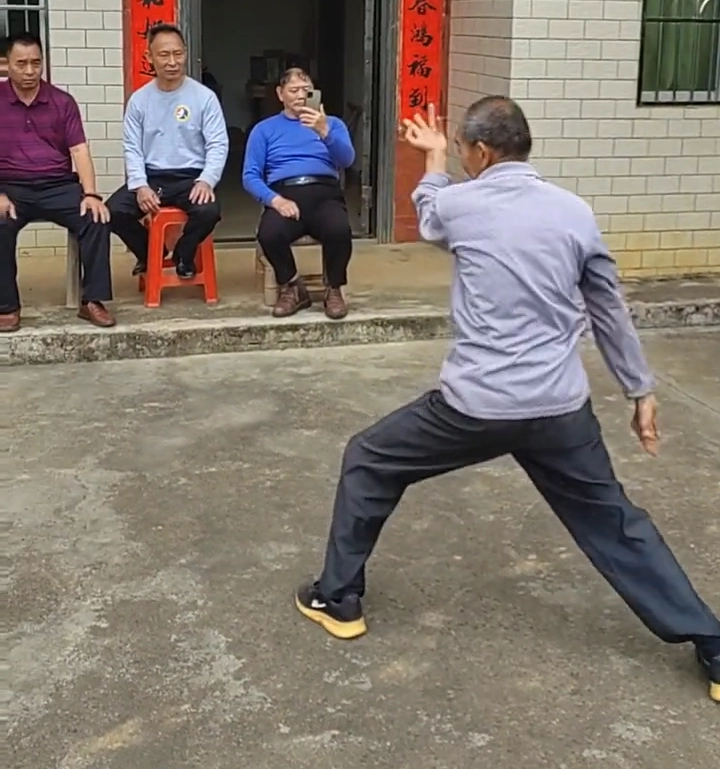
Key Translation Notes:
Cultural Terms :
Explosive short-power strikes
Half-Horse Stance (standard kung fu terminology)
Iron ruler (distinctive Hakka weapon)
Historical References :
Maintained original names of military figures with contextual titles
Preserved key proverbs with explanatory translations
Scholarly Citations :
Kept academic source attributions intact
Translated colloquial expressions idiomatically
Structure :
Grouped technical traits for clarity
Separated historical/cultural commentary
Highlighted military impact chronologically
This translation balances academic rigor with cultural accessibility, precisely conveying Hakka Kuen's martial characteristics and socio-historical significance.
